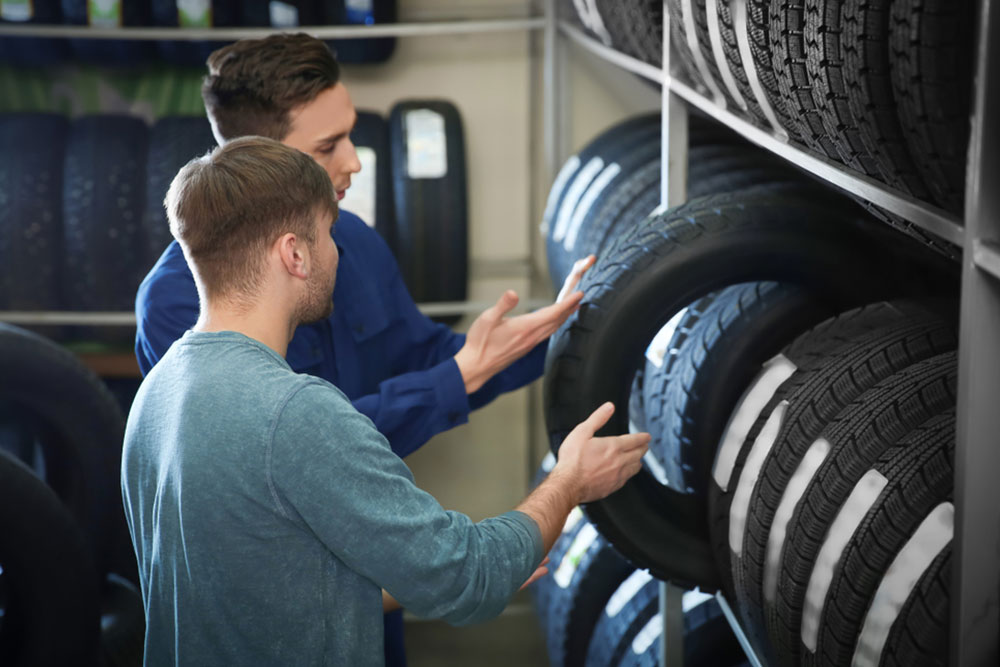Cutting-Edge Innovations Transforming Tire Technology for a Safer and Greener Future
This article explores the latest breakthroughs in tire technology, emphasizing airless designs, smart sensing embedded tires, and sustainable materials. These innovations aim to enhance safety, reduce environmental impact, and improve fuel efficiency. Discover how industries are pushing the boundaries of traditional tires to shape a smarter, greener future for transportation.

Cutting-Edge Innovations Transforming Tire Technology for a Safer and Greener Future
The landscape of tire technology is experiencing a remarkable revolution, driven by the relentless pursuit of safety, environmental sustainability, and cost efficiency. Industries worldwide, especially those involved in high-speed racing such as Formula 1, along with sectors like defense, transportation, and municipal services, are spearheading this wave of innovation. These advancements are not only shaping the future of how vehicles interact with roads but also significantly contributing to environmental conservation efforts. The convergence of advanced materials, digital technologies, and innovative designs is propelling tire development into a new era characterized by smarter, more sustainable, and more efficient solutions. In this comprehensive article, we delve into the most promising developments in tire technology currently nearing commercial viability or undergoing rigorous testing, examining their potential impact on safety, performance, and eco-friendliness.
One of the most groundbreaking innovations is the concept of airless tires. Traditionally reliant on compressed air, tires are now being redesigned to eliminate the need for air entirely, addressing issues such as puncture susceptibility and maintenance costs. Brands like Hankook are leading the way in experimenting with geometrical and structural designs that replace air with solid or semi-solid frameworks. These include two notable types of airless tires: first, a tire featuring a small wheel supported by wide-angle V-shaped polyurethane spokes, which has already been used in commercial vehicles since 2016; and second, larger wheels supported by V-shaped spokes that connect to the external tread, providing enhanced stability and durability. Another innovative approach involves spherical tires filled with honeycomb polyurethane foam structures, which are embedded with intelligent chips capable of monitoring tire wear, pressure, and temperature in real-time. Such embedded sensors can communicate data to vehicle systems, allowing for predictive maintenance and improved safety.
Reducing energy consumption remains a key focus in tire innovation. Engineers are designing narrow, tall tires, such as 155/70 R19, which feature a 19-inch profile to minimize rolling resistance and air drag, resulting in lower fuel consumption and reduced emissions. The integration of smart chips within tires serves dual purposes: assessing road conditions, such as surface roughness and moisture levels, and transmitting this data to vehicle control units to optimize performance and safety. The shift towards eco-friendly tire manufacturing is also gaining momentum. Researchers are exploring sustainable materials like natural rubber derived from renewable sources, plant oils as plasticizers, and silica obtained through eco-conscious processes. These materials not only reduce the carbon footprint of tire production but also improve wet grip and fuel efficiency, aligning with global sustainability goals. As these innovations continue to evolve, the tire industry is poised to deliver products that are safer, smarter, and greener, promising a significant leap forward for automotive safety and environmental responsibility.





